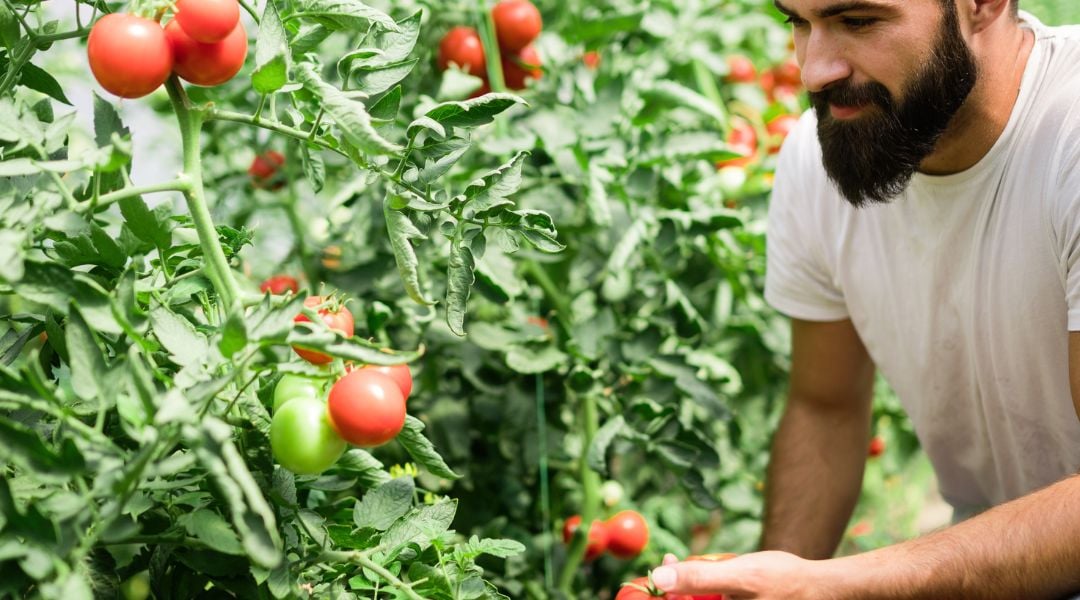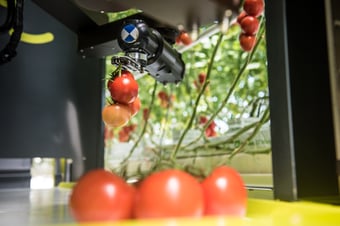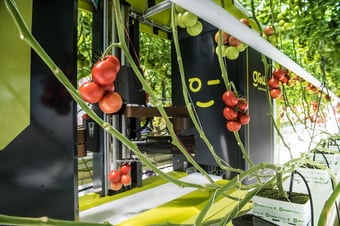Advancements in greenhouse automation to date have helped to address industry-wide labour shortages. As technology advances in robotics, it is reasonable to assume that implementing robotics into horticulture is a logical next step for greenhouse automation.
The rising issue of labor scarcity
Industry-wide labor shortages impact greenhouse operations, and the problem is growing. It has become increasingly difficult for producers to find skilled greenhouse laborers to monitor, maintain and harvest their crops. As labor consists of roughly 30 to 50% of greenhouse production costs, increasing wages don't make it easier for greenhouse operations to grow a profitable and sustainable business.
A lack of workers can lead to crop growth decrease and plant health problems that will negatively impact greenhouse production and business continuity. Fortunately, greenhouse automation plays a role in addressing the lack of laborers. As automation increases, fewer workers are required to operate the greenhouse efficiently. With harvest robots for horticulture on the horizon, it addresses the issue of labour scarcity while creating a foundation for future innovation and improvement.
Greenhouse automation with harvest robots
Automating greenhouse operations provides an opportunity to address labour shortages while improving production efficiency. Automation reduces the need for worker input, which is valuable when labour resources are scarce. Automation with robotics also allow for more consistent harvest quality and maximum control over production. Greenhouse robotics can also contribute to a more sustainable workspace for your human workforce; employees can be deployed more effectively in better working conditions performing less strenuous and repetitive tasks.
As the field of robotics continues to develop, the possibility for automation of greenhouse operations increases. The GRoW tomato harvesting robot automates and increases the speed of tomato harvesting. Recent AI advancements now make it possible more than ever before to solve complex problems related to labour intensive tasks. This new robotic revolution will help us face challenges such as the labour crisis as well as improve efficiency in a sustainable and profitable way. GRoW's design considers the future. It won't be long until the GRoW harvest robot further automates the greenhouse by yield prediction, plant health diagnostics, improve data driven cultivation management and providing solutions to future issues in horticulture. With robots in the greenhouse, the opportunity for improvement is endless.
Robotics in horticulture: The future is here!
To learn more about the role and opportunity of robotics in horticulture, subscribe to our GRoW newsletter and make sure you are one of the first to know about the newest developments, trends and insights.




